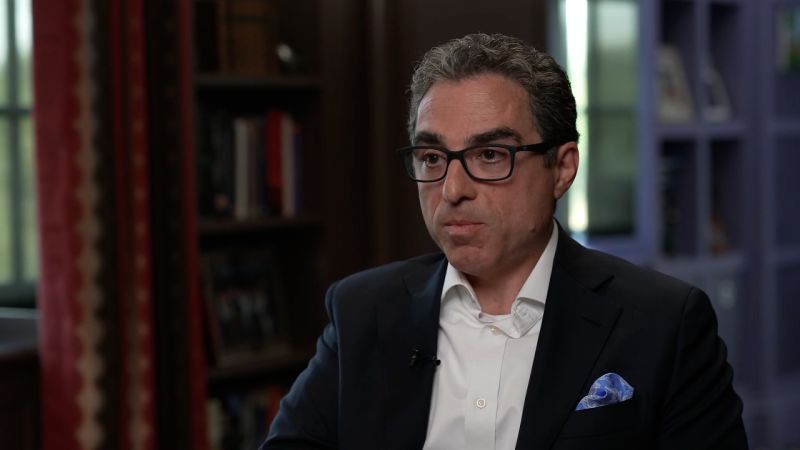Diving Deep into a Harrowing Tale: An American Suffering In Iranian Custody
Imagine being held in the bowels of Evin Prison – Iran’s notorious detention center known for its horrific conditions and brutal torture methods. This was the reality for one American citizen, who spent nearly eight grueling years within its ominous walls. Going through an ordeal that would break the spirit of many, he survived and lived to tell the triumphant tale of endurance, resilience, and hope.
The man, who wishes to remain anonymous for safety reasons, was captured while on a clandestine mission in Iran where he ended up being accused of spying for the United States. His identity was veiled under a cloud of international intrigue, and he was thrown into Evin Prison without a proper trial.
Inside the notorious Evin Prison, the brutality meted out to inmates is a staple of everyday life. The American captive was no exception. His harrowing experience began with days of relentless interrogation, while he was held in solitary confinement. This was followed by mental and physical abuse that intended not just to punish but to crush the human spirit.
The detention center is infamous for its notorious Ward 209, known as the ‘torture chamber.’ Our source was held here, exposed to horrific physical torture methods which included flogging, blindfolding, and prolonged periods of being chained. But it wasn’t just the physical pain. The psychological torment was just as horrific. The American prisoner recalls the unbearable isolation, the relentless uncertainty, and perhaps worst of all, the total erasure of his existence.
Yet, our protagonist refused to be broken. Despite the pitiless conditions, he held on to his hope and faith, which became his sources of strength. In his words, believing in the light, even when surrounded by darkness, kept me alive. He drew strength from this inner resilience to withstand an ordeal many cannot even begin to imagine.
One significant way he survived was by turning to mental exercises. He counted the bricks that made up his cell walls and mentally traveled to places he once knew. He also took to learning the language of his captors, finding solace in the deliberate focus such learning necessitated.
This story, as graphic as it is, stands not alone but as a symbol of the various accounts of human rights abuses meted out in Evin Prison, an issue long condemned by international human rights groups. The American’s story sheds yet another spotlight highlighting the abhorrent conditions experienced by many in Iranian prisons.
However, it is important to note the underlying themes of resilience and courage permeating throughout the American’s tale. Stories like his demonstrate a profound testament to the unyielding strength of the human spirit. Though imprisoned and subjected to unimaginable torment and cruelty, he found survival through hope, strength, and sheer resilience.
The ordeal came to an end in 2016, when he was one of four American prisoners released by Iran as part of a prisoner exchange deal. He recalls being blinded by the intensity of daylight when he walked into freedom and feeling an overwhelming surge of relief.
The legacy of his account extends beyond the individual. It is a cruel reminder of broader issues around political detainees, prison conditions, and human rights in Iran. It also reiterates the importance of international vigilance and collective efforts in pressurizing nations to uphold basic human rights principles. It is an echo of countless voices that are desperate for freedom, dignity, and respect.
In conclusion, the American captive’s experience is a somber reflection on splintered worlds of politics, incarceration, and human rights. His military background provides an unusual backdrop to an age-old narrative about survival and resilience in the face of unimaginable adversity. His eight-year saga reminds us that even in the darkest situations, the human spirit proves incredibly resilient, bearing testimony to its indomitable will to live, survive and perhaps, eventually thrive.




